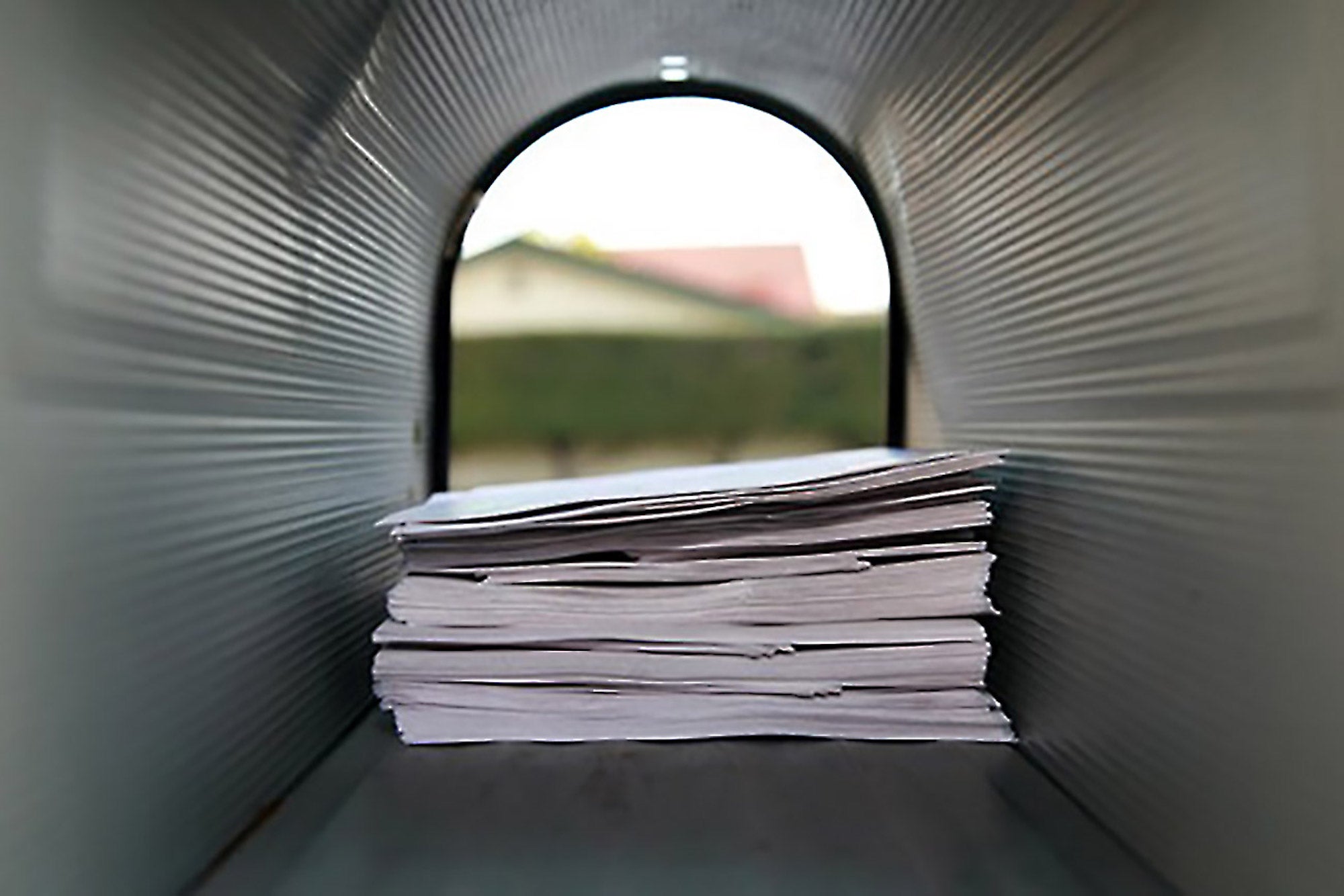How to Calculate the Success of a Direct Mail Campaign The first thing you need to determine? The close rate needed to break even.
By Doug and Polly White Edited by Dan Bova
Opinions expressed by BIZ Experiences contributors are their own.

One of the services we perform through Whitestone Partners, our consulting firm, is to analyze the return on investment (ROI) of different types of marketing efforts. We had a client, for instance, who used direct mail to sell his product. He had mailed 500 potential clients and sold 17 products; he was excited about the results.
Related: 3 Steps to Tracking the Success of Your Direct Mail Campaign
He asked us if we thought he should borrow money in order to mail to another 1 million potential customers. We agreed that this was an interesting opportunity. However, before going all in, we suggested that he focus on three things:
The break-even point
The first thing our client needed to determine was the close rate needed to break even. In the test, he had a close rate of 3.4 percent (17/500). For direct mail, that is typically very good. However, he still needed to verify that, given the economics of his product, this close rate would make him profitable.
Here are definitions for the terms used to make this calculation:
- Close rate -- the number of closed sales divided by the number of pieces mailed
- B/E close rate -- the close rate you need, to break even on the mailing
- Variable mail cost -- the cost per piece mailed including postage, printing, etc. (these costs increase in proportion to the number of pieces mailed)
- Fixed cost -- the cost of executing your direct-mail campaign, including creative development, campaign management, etc. (these costs do not change as a function of the number of pieces mailed)
- Gross margin -- the money (in dollars) you make from each closed sale (the sales price minus your cost to deliver the product or service)
- Pieces -- the number of pieces of mail you drop
In a break-even calculation, revenue must equal cost. Therefore, the breakeven equation is:
B/E close rate x pieces x gross margin = fixed cost + (pieces x variable cost)
Solving for the B/E close rate:
B/E close rate = ((fixed cost/pieces) + variable cost)/gross margin
Related: Tracking Your Direct Mail Campaigns
If the B/E close rate you calculate is less than your actual close rate, you'll make money. Notice that the B/E close rate declines as the number of pieces mailed increases. This is because when the number of pieces mailed increases, you amortize the fixed cost of the campaign over more pieces of mail. Therefore, the fixed cost per piece is less. When calculating the break-even point, use the number of pieces that you would expect to be able to mail consistently after the rollout (this will likely be more than the 500 our client mailed in his test).
The source of names and mail frequency
To execute an ongoing direct mail marketing campaign, you'll need a reliable source of names to mail. Make sure that you have access to enough names to make your program successful. You will need to test to determine the best cadence for mailing your prospect list.
If you mail too frequently, close rates will decline to the point that the mail campaigns are unprofitable. If you mail too infrequently, you are missing an opportunity. Test your way into the optimal mail frequency.
Sample size
Our client had tested only a very small sample size -- 500 pieces mailed. With this sample size and response rates in the 3 percent range, he could be 95 percent confident that his actual close rate would be ± 1.5 percent of the result he got. The observed close rate was 3.4 percent. That means he could be 95 percent confident that the close rate with his planned 1 million mail pieces would be between 1.9 percent and 4.9 .
If his break-even close rate were below 1.9 percent, he would probably be safe significantly expanding the size of his direct mail campaign. However, we advised him that it would be prudent to test with a mail drop of 10,000 to 100,000 before rolling out to 1 million. With a mail drop of 10,000 pieces, he would be able to read his close rate to within ±0.33 percent; and with a mail drop of 100,000 pieces, his confidence interval would shrink to ±0.11 percent. We suggested testing at these levels before rolling out to 1 million people.
Related: 4 Ways to Integrate Direct Mail Into Your Digital Marketing Landscape
Direct mail can be a profitable way to market certain products or services. It can also be an expensive waste of money. Our client had what looked to be a promising opportunity. Using the calculations and the three tips above helped him to make a good decision. We hope our advice will ensure that your own direct mail campaigns also come down on the right side of the ledger.












